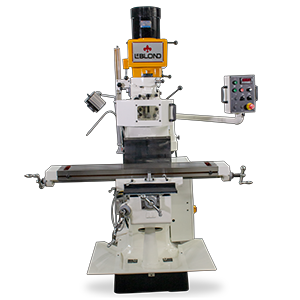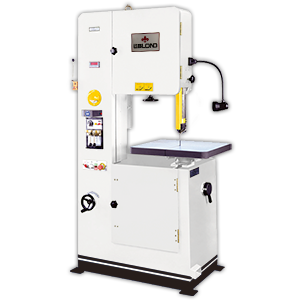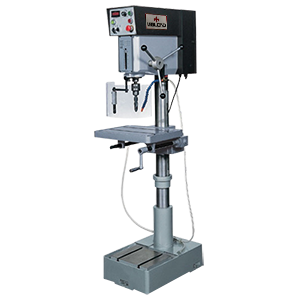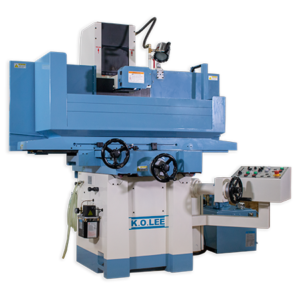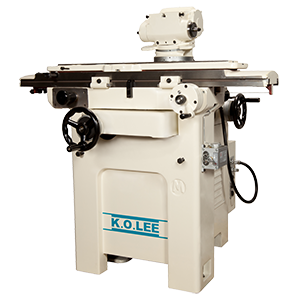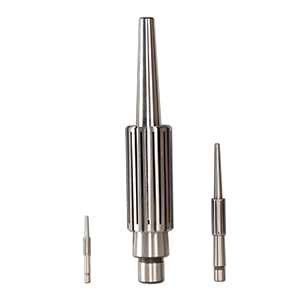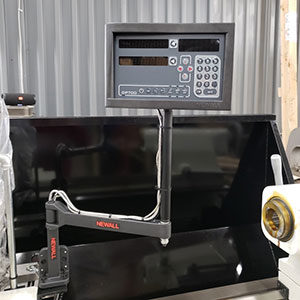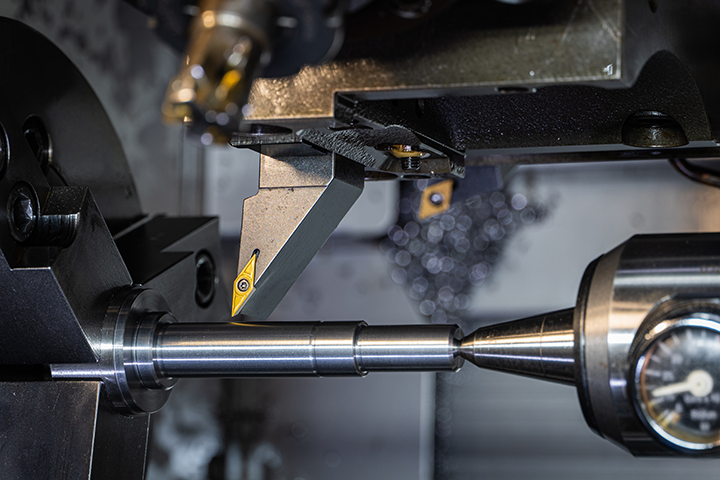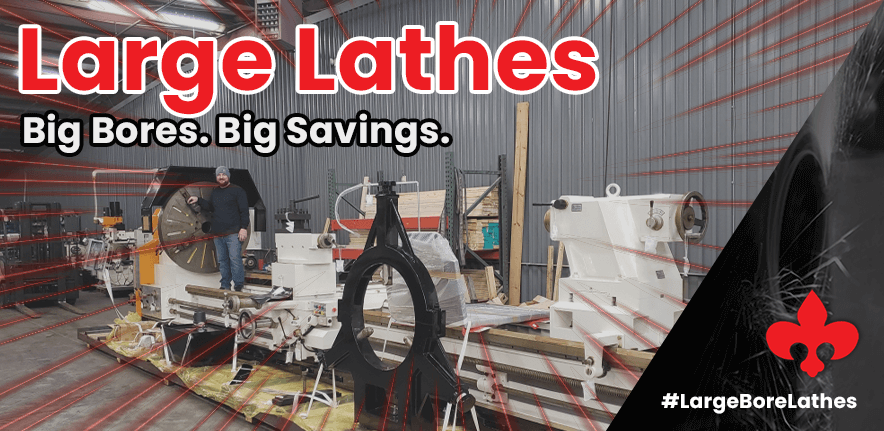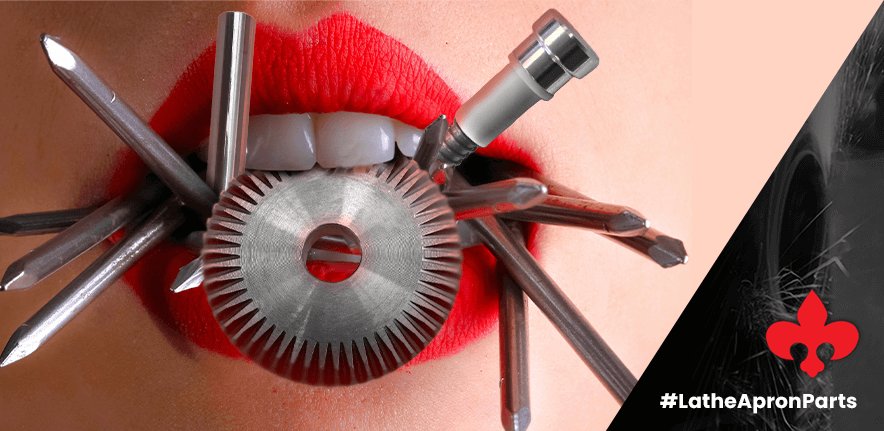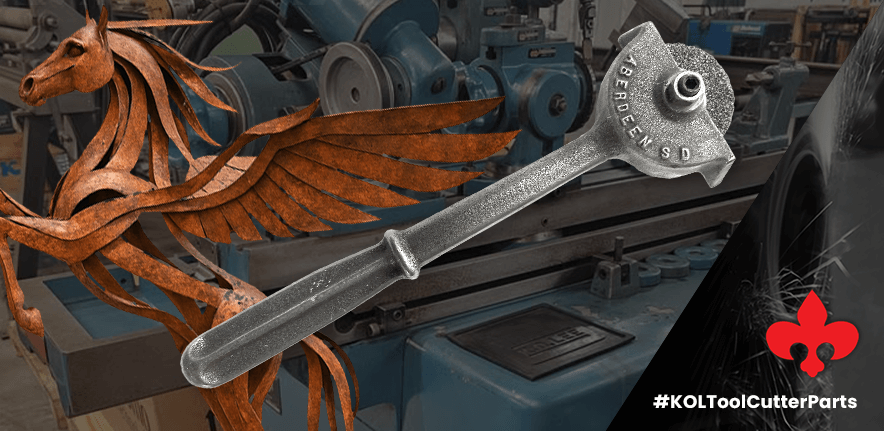Signs of Tool Wear Machinists strive for perfection in every cut. Even the slightest deviation in precision metalworking can mean the difference between a flawless part and costly rework. Tool wear is inevitable, but early detection and correction can save valuable...
Product Information
LeBlond’s In-Stock Machinery Sale Is All Math & Miracles
LeBlond has a 12% off in-stock machinery sale to close out 2025. Why twelve? Because twelve is perfect. Literally. It's one of only two perfect numbers in mathematics under 30. It's divisible by 1, 2, 3, 4 and 6. Twelve apostles. Twelve tribes of Israel. Twelve...
Spin the Wheel & Win Big on Machine Tool Parts
Forget Pat Sajak. This isn't your grandmother's game show. LeBlond is turning parts procurement into a high-stakes game where machinists win the most. Call us or submit an online quote request to reveal your mystery discount percentage on genuine parts for LeBlond...
Mastering Machining Feeds, Speeds, and Depth of Cut
Don’t Get Haunted by Flawed Lathe Practices Even the most experienced machinist can be haunted by ghosts of poor performance — chatter marks that refuse to vanish, overheated tools that wear out too soon, or parts that just won’t meet spec. In the spirit of Halloween,...
Your Cuts Look Like Garbage. Here’s Why.
You fire up your lathe. Load your workpiece. Make the cut. And it looks like someone dragged a jackhammer across the surface. Welcome to chatter marks. The universal sign that your gibs are shot. Most machinists don't think about gibs until it's too late. They blame...
LeBlond Is Your Large Lathe Machine Supplier
Large lathes are engineered to tackle the most demanding machining tasks, making them indispensable for industries that require the handling of oversized and heavy duty jobs. Big bore lathes, in particular, are designed with the power and precision needed to machine...
The Servo Shift Design Flaw Nobody Talks About
LeBlond engineers made one catastrophic material choice in the 1960s. Nylon seemed perfect for servo shift components. They were dead wrong. Every machine owner has been paying for it ever since. That clicking sound coming from your Regal? It's nylon disintegrating at...
Mashed Teeth On Lathe Apron Parts Are Probably Your Fault
"The teeth start to mash a little bit." That's how Christopher Smith, LeBlond's Service Manager, describes what happens when operators slam their lathe feeds too hard. Those expensive gears you depend on? They're getting destroyed one careless engagement at a...
Keep Your K.O. Lee Tool & Cutter Grinder Running Like a Beast
Your K.O. Lee tool and cutter grinder is a precise monster of a machine. It's built to sharpen end mills, cut gears and handle demanding tooling work day after day. But like any workhorse, it needs the right parts to keep performing. When critical components...


